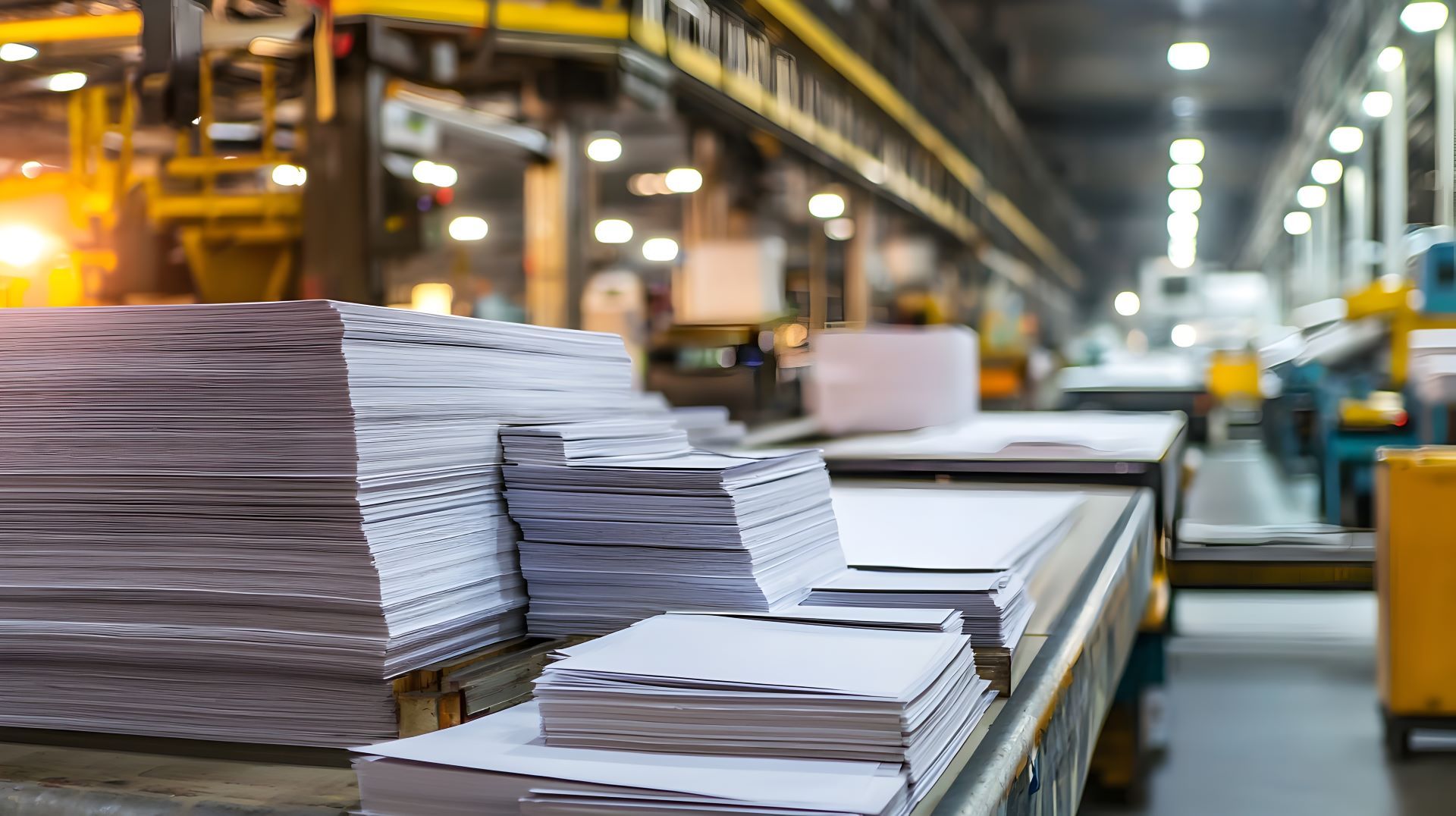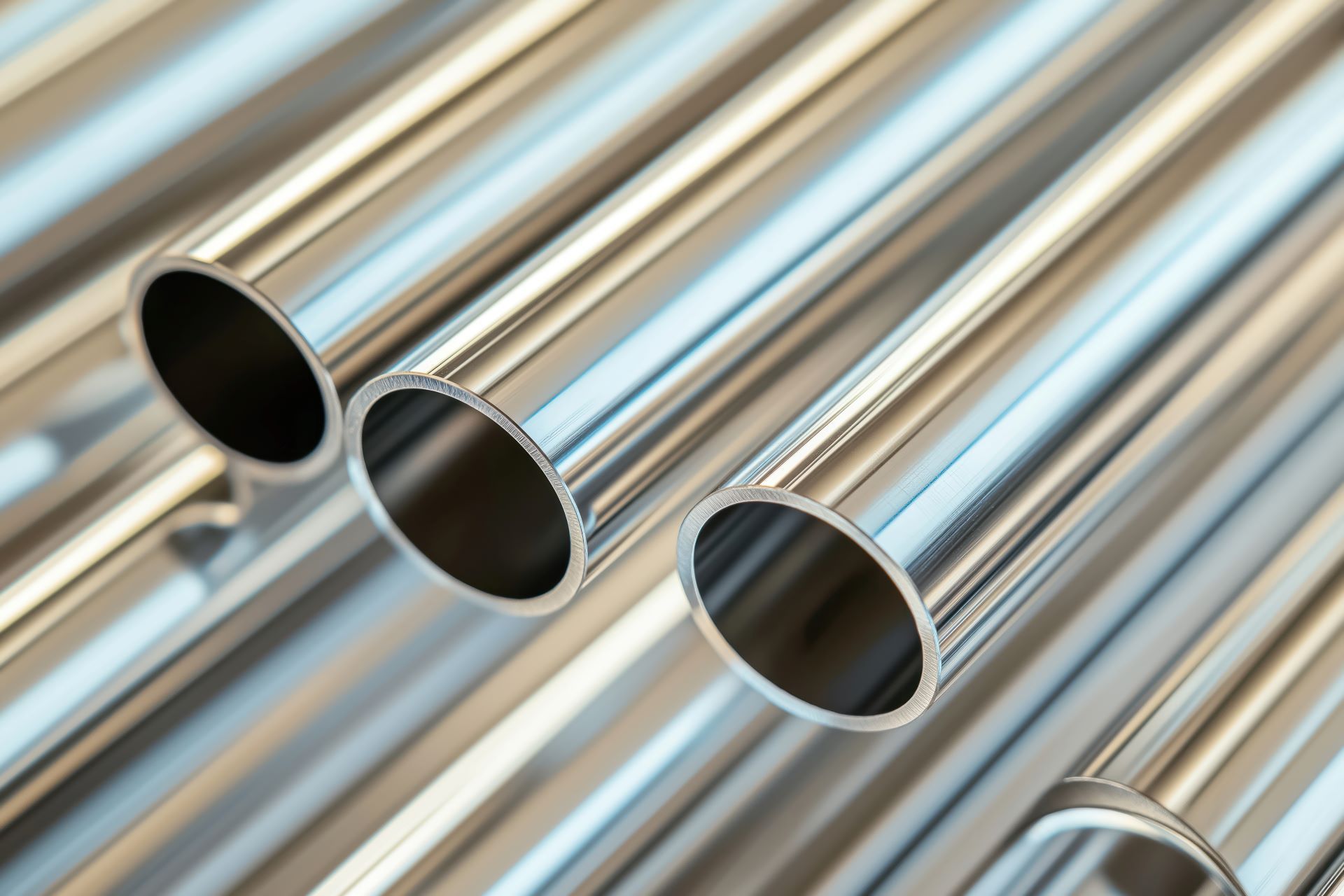How Stainless Steel Meets Sanitary Standards in Pharmaceutical Manufacturing
Why Sanitary Stainless Steel Is Non-Negotiable in Pharmaceutical Environments
In pharmaceutical manufacturing, there’s no room for compromise especially when it comes to material selection. Whether it’s the tubing that carries active ingredients or the tanks used in final formulation, every surface must be easy to clean, resistant to corrosion, and compliant with strict hygiene standards. That’s where stainless steel especially high-purity and sanitary grades becomes essential.
Action Stainless supports pharmaceutical manufacturers and OEM fabricators by supplying stainless grades that meet the sanitary, mechanical, and chemical resistance needs of the industry. With in-house cutting, polishing, and quality control, we help ensure compliance from start to finish.
This post explains how stainless steel plays a vital role in pharmaceutical production covering standards, material grades, and where Action Stainless fits in your workflow.
What Makes Stainless Steel “Sanitary”?
Sanitary stainless steel isn’t a specific grade it’s a combination of material properties, surface finish, and regulatory compliance that allows it to be used in pharmaceutical or food-related settings.
To qualify as sanitary, stainless steel must offer:
- Non-reactivity with chemicals and cleaning agents
- Corrosion resistance against acids, solvents, and biopharmaceutical fluids
- High cleanability, including the ability to withstand frequent sanitization and steam
- A smooth, low-roughness finish, often ≤ 0.5 μm Ra
- Regulatory compliance with ASME BPE, USP Class VI, or FDA guidelines
These characteristics help prevent product contamination, microbial growth, and equipment degradation.
Most Common Stainless Steel Grades in Pharmaceutical Applications
While many stainless steels offer general corrosion resistance, pharmaceutical use demands something more precise. Here are the most commonly used grades:
316L Stainless Steel
- Why it’s popular: Superior corrosion resistance, particularly in chlorides and solvents
- Low carbon content helps reduce carbide precipitation, protecting weld areas
- Often used in: Process piping, tanks, and instrumentation
304L Stainless Steel
- Lower-cost option but still delivers good corrosion resistance
- Used where corrosion and pitting risk are moderate
- Typical applications: Racks, structural supports, and non-product-contact equipment
AL-6XN or Hastelloy (for high-demand environments)
- Used in ultra-pure water systems or highly corrosive applications
- More expensive but offer exceptional corrosion resistance in chloride-rich settings
Duplex Stainless Steels (e.g., 2205)
- Gaining use where mechanical strength is as important as corrosion resistance
- Resistant to
stress corrosion cracking, especially in hot, high-pressure systems
Surface Finishes: Why They Matter
In pharmaceutical use, surface finish is just as important as grade selection. Rough surfaces can trap bacteria or residues even in stainless steel.
Finish standards typically required:
| Finish Type | Description | Typical Use Case |
|---|---|---|
| Mill Finish | As-rolled or annealed surface | Not suitable for pharma applications |
| 2B Finish | Smooth, cold-rolled surface | Used for internal tank surfaces |
| Mechanical Polish | Buffed or ground to specific Ra values | Required for pipe interiors and valves |
| Electropolished | Microscopic smoothing through electrolysis | Used in critical systems: biotech, injectables |
Action Stainless provides polishing and finishing services that meet pharmaceutical surface requirements, supporting compliance with ASME BPE and customer-specific specs.
Key Applications of Stainless Steel in Pharmaceutical Manufacturing
Process Piping and Tubing
Pharma-grade piping systems often carry solvents, APIs, and water-for-injection (WFI).
316L stainless steel tubing is the industry standard due to its resistance to chemical attack and ease of welding.
Mixing and Holding Tanks
Large tanks are often built from
316L or duplex grades, particularly when high pressure or corrosive ingredients are involved. Low surface roughness and fully traceable welds are essential.
Clean-in-Place (CIP) Systems
These systems require steel that resists corrosion from strong alkalis, acids, and disinfectants. 304L and 316L both perform well, with proper passivation.
Conveying and Handling Equipment
Product-contact surfaces must be sanitary and corrosion-resistant. From hopper linings to tablet handling systems, stainless ensures low contamination risk.
Sterile Fill Lines
Ultra-clean systems, often requiring
electropolished 316L, are used in sterile environments like vaccine or injectable manufacturing. Every weld and surface is inspected to pharmaceutical-grade tolerance.
Regulatory & Industry Standards for Stainless in Pharma
Stainless steel in pharmaceutical systems must meet multiple standards to ensure both sanitary performance and traceability.
Common standards include:
- ASME BPE (BioProcessing Equipment) – Defines surface finishes, materials, and weld criteria
- ASTM A270 – Governs sanitary tubing
- USP Class VI – Defines biocompatibility of materials
- FDA CFR 21.177 – Food-contact suitability of stainless
- ISO 9001 / ISO 13485 – Quality system certifications
Action Stainless supports traceability and compliance through mill-certified material, cutting traceable to order specs, and services that align with cleanroom and regulated production environments.
Why In-House Cutting & Polishing Services Matter
Not all stainless suppliers are equipped to meet pharmaceutical requirements. Action Stainless does not outsource polishing, saw cutting, or quality control. Our in-house capabilities mean:
- Faster turnaround with less handling risk
- Surface finish verification for sanitary requirements
- Tight cutting tolerances on tube, bar, and plate
- Bar coding and lot traceability to match QA documentation
- Flexibility in order size from bulk buys to precision-cut short runs
Our team works with fabricators and OEMs to ensure the stainless material you receive is production-ready and compliant.
Comparing 304L vs 316L for Sanitary Use
| Property | 304L | 316L |
|---|---|---|
| Corrosion Resistance | Good | Excellent (chloride environments) |
| Cost | Lower | Higher |
| Weld Sensitivity | Moderate risk of pitting | Less prone due to molybdenum |
| Sanitary Applications | Non-critical | Critical process systems |
| Availability | Widely available | Also widely stocked at Action Stainless |
For most pharmaceutical applications,
316L is the default choice but 304L has value in non-product-contact or lower-corrosion environments.
Action Stainless Supports Pharmaceutical Projects Nationwide
From cleanroom fabrication to plant expansions, Action Stainless is a trusted supplier for stainless steel in regulated industries. Our value-added services go beyond inventory we provide:
- Mill-certified stainless grades in sheet, plate, tube, and bar
- Precision saw cutting, shearing, and polishing
- Surface finishes that meet ASME BPE and FDA-related standards
- Quality documentation and traceability for audit-ready supply chains
- Experienced support for spec review and material selection
Whether you’re building CIP skids, filling lines, or process tanks, we deliver stainless materials ready for fabrication or installation.
Conclusion: Stainless Steel That Performs and Complies
The pharmaceutical industry demands materials that can endure harsh cleaning cycles, exposure to chemicals, and stringent regulatory oversight. Sanitary stainless steel offers the durability, cleanability, and compliance manufacturers need.
At Action Stainless, we stock and process the grades, finishes, and formats required by pharmaceutical manufacturers and OEM fabricators. Our team is here to help you meet production goals without sacrificing quality, cleanliness, or lead time.
FAQ: Stainless Steel in Pharma
What is the most commonly used stainless steel in pharma manufacturing?
316L stainless steel is most commonly used due to its corrosion resistance, cleanability, and regulatory compliance.
What finish is required for sanitary stainless tubing?
Surface finishes of ≤ 20 μin Ra (0.5 μm) are often required, with electropolishing used in critical systems.
Does Action Stainless provide material certification?
Yes, all material is mill-certified, and we support full documentation for regulatory and quality control needs.
Does Action Stainless outsource polishing or cutting?
No. All cutting and polishing is done in-house, supporting faster lead times and higher quality assurance.
Can I order custom-cut sanitary tubing or plate?
Yes, we provide cut-to-size orders with polishing available on flat and round products for sanitary applications






